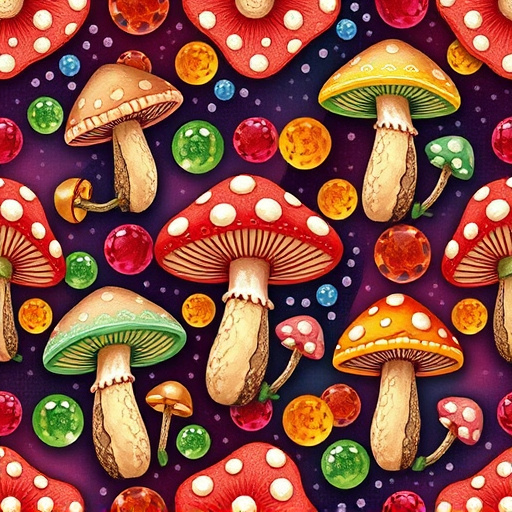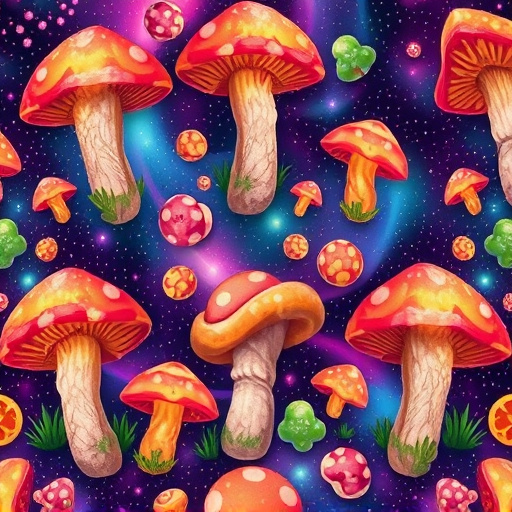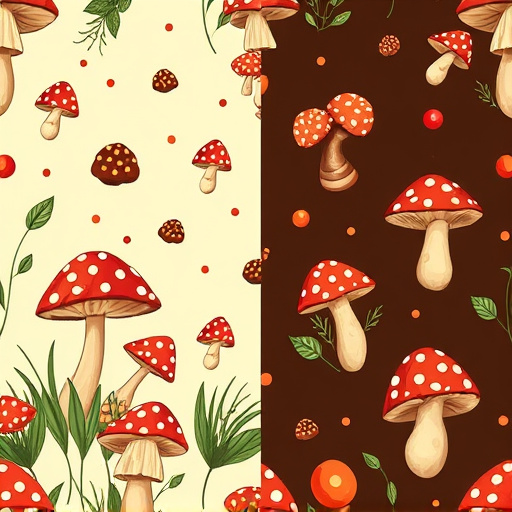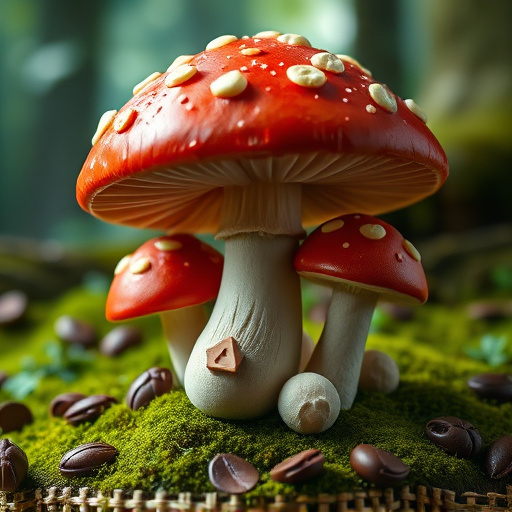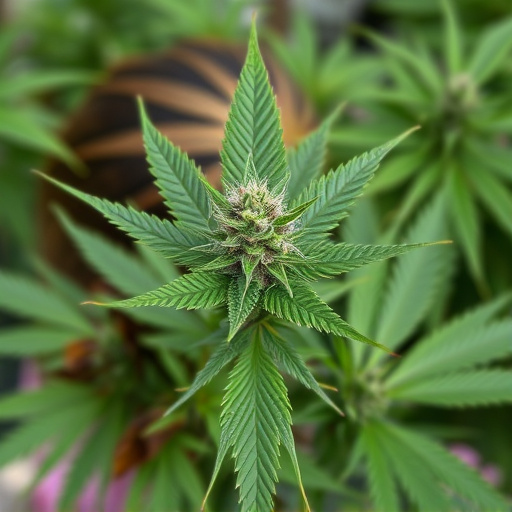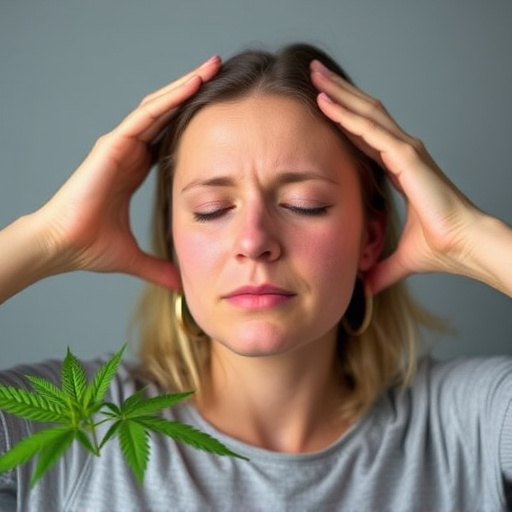Decarboxylation is a crucial process that transforms raw cannabinoids (like THC and CBD) in cannabis into activated forms, enhancing their therapeutic benefits. For migraine relief, this chemical change improves bioavailability and provides faster relief. Heating the cannabis through vaporization or baking at 220°F for 30-45 minutes activates these compounds, making it an appealing, natural solution. Proper preparation, including selecting CBD-rich strains, fresh flowers, and even air circulation, ensures maximum activation of cannabinoids for effective migraine treatment.
Discover the power of decarboxylation in enhancing the therapeutic benefits of cannabis flower. This process, crucial for unlocking potent cannabinoids like THC and CBD, is especially beneficial for those seeking relief from conditions like migraines. Learn how preparing your cannabis strains correctly can revolutionize your experience, offering a more effective and targeted approach to natural wellness. Explore our step-by-step guide to master the art of decarboxylation.
- Understanding Decarboxylation and Its Benefits for Cannabis Flower
- Preparing Your Cannabis Flower for Decarboxylation
- The Decarboxylation Process: Step-by-Step Guide and Tips
Understanding Decarboxylation and Its Benefits for Cannabis Flower
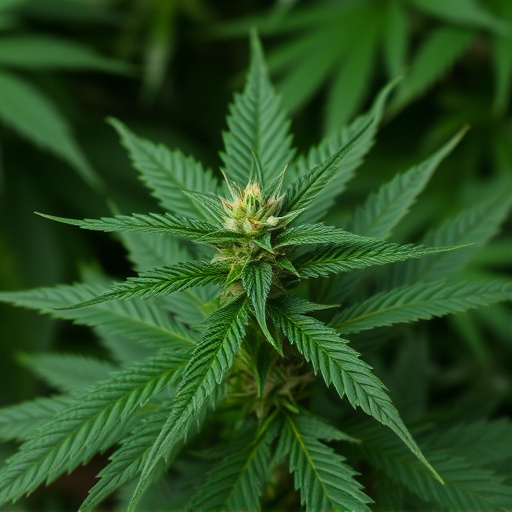
Decarboxylation is a chemical process that converts raw cannabinoids, like THC and CBD present in cannabis flower, into their activated forms. This transformation allows for the full potential of these compounds to be utilized when consumed. In the context of cannabis strains for migraines, understanding decarboxylation is crucial as it ensures the effectiveness of the treatment. By heating the cannabis flower, usually through vaporization or baking, the plant’s enzymes break down the acid groups in these cannabinoids, making them more bioavailable and accessible to your body.
This process offers several advantages for cannabis users looking for relief from various conditions, including migraines. Decarboxylated cannabis ensures a faster and more efficient delivery system, providing quicker results. It also allows individuals to enjoy the therapeutic benefits of both THC and CBD without the need for complex extraction methods. This simplicity is particularly appealing for those seeking natural remedies, as it maintains the integrity of the plant’s chemical profile, offering a holistic approach to migraine relief.
Preparing Your Cannabis Flower for Decarboxylation
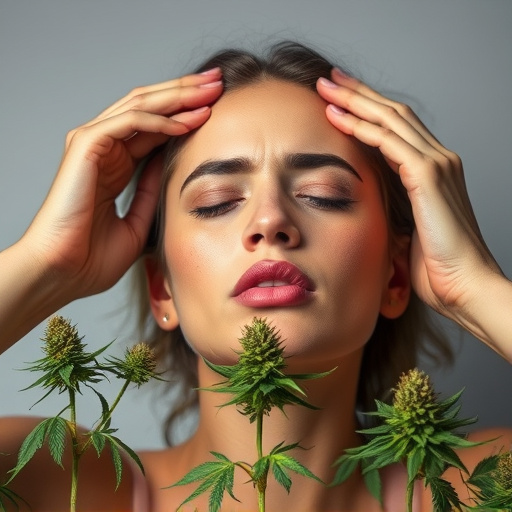
Preparing your cannabis flower for decarboxylation is a crucial step in unlocking its therapeutic potential, especially for those seeking relief from conditions like migraines. The process begins with selecting the right cannabis strains known for their migraine-relieving properties. High CBD (cannabidiol) strains are often recommended due to their anti-inflammatory and analgesic effects. Ensure your flower is fresh and of high quality; outdated or low-quality cannabis may not produce the desired results.
Before decarboxylation, trim away any excess leaves and fan out the flowers to allow for even air circulation. This step is essential as it helps maintain consistency in the activation of cannabinoids, ensuring each batch provides reliable relief. Proper preparation makes all the difference when using cannabis strains for migraines, maximizing their benefits while achieving a balanced, satisfying experience.
The Decarboxylation Process: Step-by-Step Guide and Tips
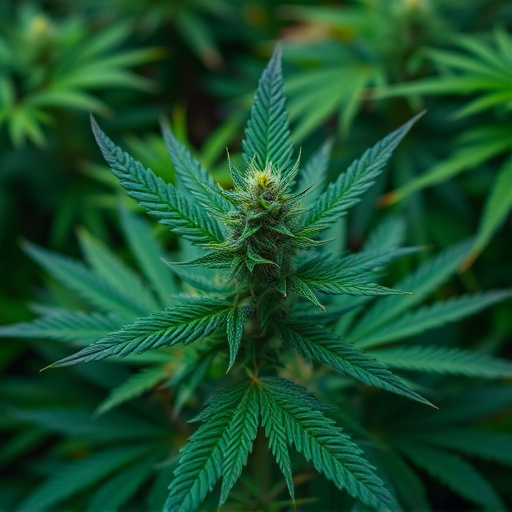
The decarboxylation process is a crucial step in preparing cannabis strains for various medicinal uses, including treating migraines. Decarboxylation, or decarbing as it’s often called, involves transforming raw cannabis into its active form by heating it to activate specific chemical compounds. This process is essential because cannabis contains cannabinoids like THC and CBD in their acidic forms, known as THCA and CBDA, which are not psychoactive until decarboxylated.
Here’s a step-by-step guide:
1. Prepare your cannabis: Start with high-quality cannabis flower, breaking it down into smaller pieces to ensure even heating. For migraines, strains rich in CBD or specific hybrids known for their migraine-relieving properties are often preferred.
2. Decarboxylate: Preheat your oven to around 220°F (105°C). Spread the cannabis evenly on a baking sheet lined with parchment paper. Bake for approximately 30-45 minutes, stirring occasionally to prevent burning. The exact time may vary based on your oven and desired potency.
3. Monitor and test: Keep an eye on the process. The cannabis will start to smell fragrant and turn a darker shade of brown as it decarboxylates. Use a thermometer to ensure the temperature remains consistent. After baking, take a small sample and test its potency using a testing kit or a lab-grade method for optimal results, especially when creating cannabis-infused products for migraines.
Decarboxylating cannabis flower is a simple yet effective method to unlock its full potential, especially for those seeking natural relief from conditions like migraines. By understanding the process and following a few easy steps, you can transform your cannabis strains into a powerful tool for wellness. This guide has provided a comprehensive overview of decarboxylation, empowering you to make informed choices regarding your cannabis use for migraines and beyond.

